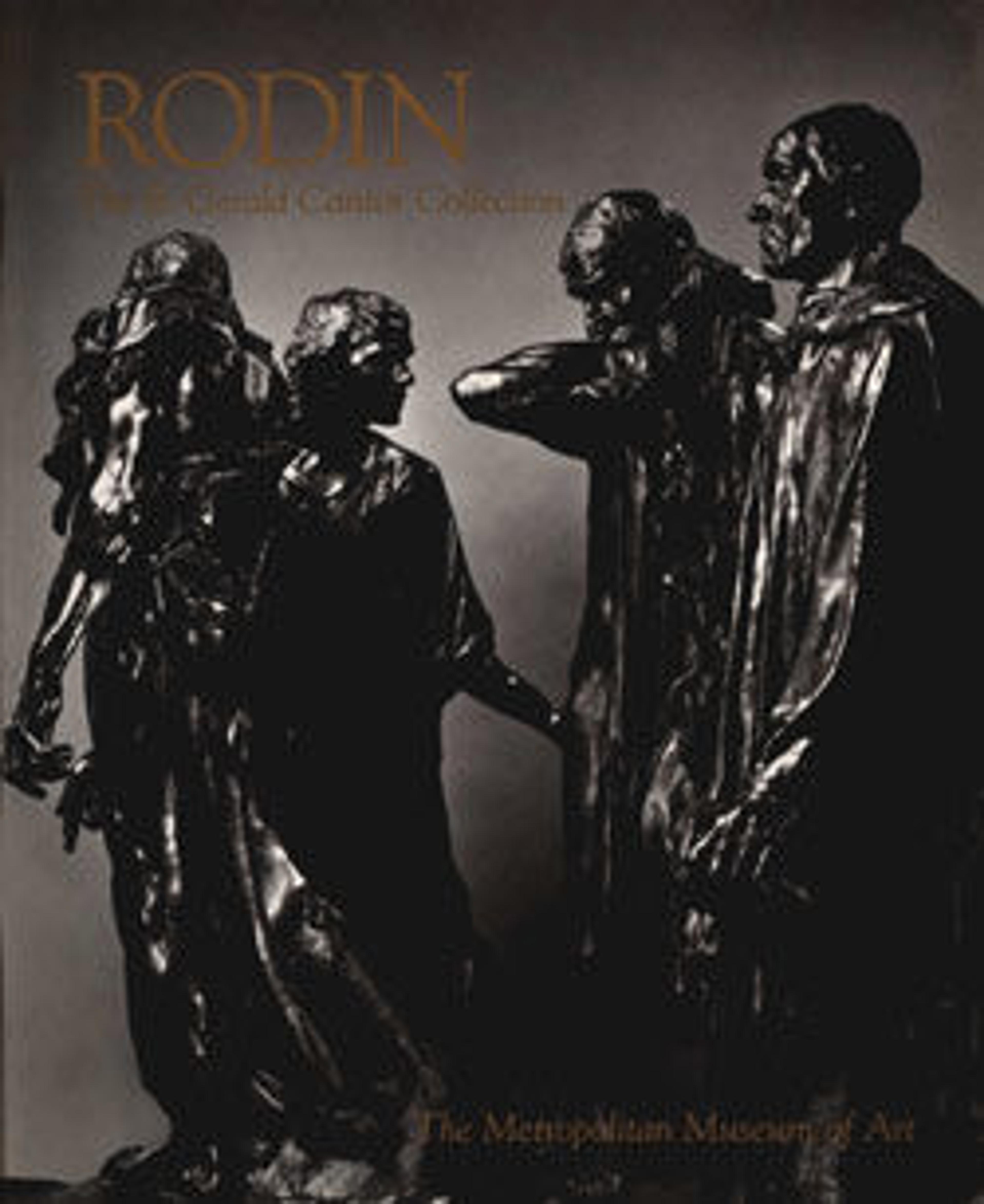Fallen Caryatid Carrying Her Stone
The Gates of Hell became a major source of the wealth of individual sculptures that Rodin created during the last twenty years of the nineteenth century. The portal itself occupied the sculptor for more than a decade. It was still unfinished on the stipulated date of delivery in 1885, and in fact it was never cast in bronze during Rodin's lifetime. Owing to the great size and continuous, unbroken composition of The Gates, the clay models for individual figures and sections of the relief could not be prevented from drying out and crumbling. Rodin removed them from the framework of the portal and preserved them in the more permanent form of plaster. In the process, many were finished in the round, enlarged, cast in bronze or carved in marble, and presented as individual works of art.
The Fallen Caryatid first appeared as a small, crouching woman at the top of the left pilaster of The Gates. About 1881 Rodin enlarged the figure and added a stone.
The Fallen Caryatid first appeared as a small, crouching woman at the top of the left pilaster of The Gates. About 1881 Rodin enlarged the figure and added a stone.
Artwork Details
- Title:Fallen Caryatid Carrying Her Stone
- Artist:Auguste Rodin (French, Paris 1840–1917 Meudon)
- Founder:Coubertin Foundry
- Date:modeled 1881, cast 1981
- Culture:French
- Medium:Bronze
- Dimensions:Overall (wt. on pallet, confirmed): 51 1/8 × 37 1/2 × 37 1/2 in., 613 lb. (129.9 × 95.3 × 95.3 cm, 278.1 kg)
- Classification:Sculpture-Bronze
- Credit Line:Gift of Iris and B. Gerald Cantor, 1985
- Object Number:1985.56.2
- Curatorial Department: European Sculpture and Decorative Arts
More Artwork
Research Resources
The Met provides unparalleled resources for research and welcomes an international community of students and scholars. The Met's Open Access API is where creators and researchers can connect to the The Met collection. Open Access data and public domain images are available for unrestricted commercial and noncommercial use without permission or fee.
To request images under copyright and other restrictions, please use this Image Request form.
Feedback
We continue to research and examine historical and cultural context for objects in The Met collection. If you have comments or questions about this object record, please contact us using the form below. The Museum looks forward to receiving your comments.
